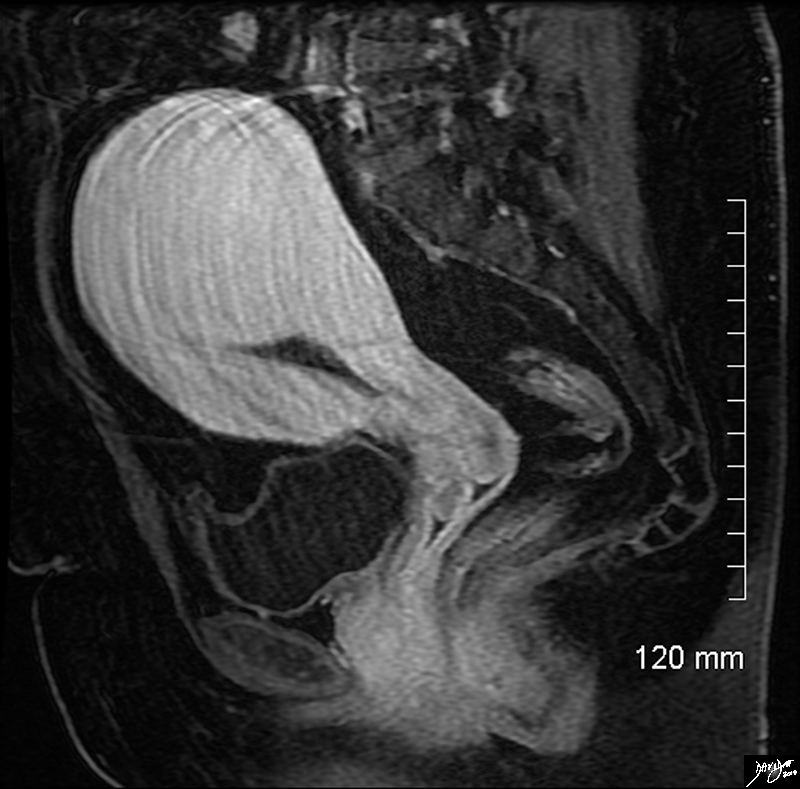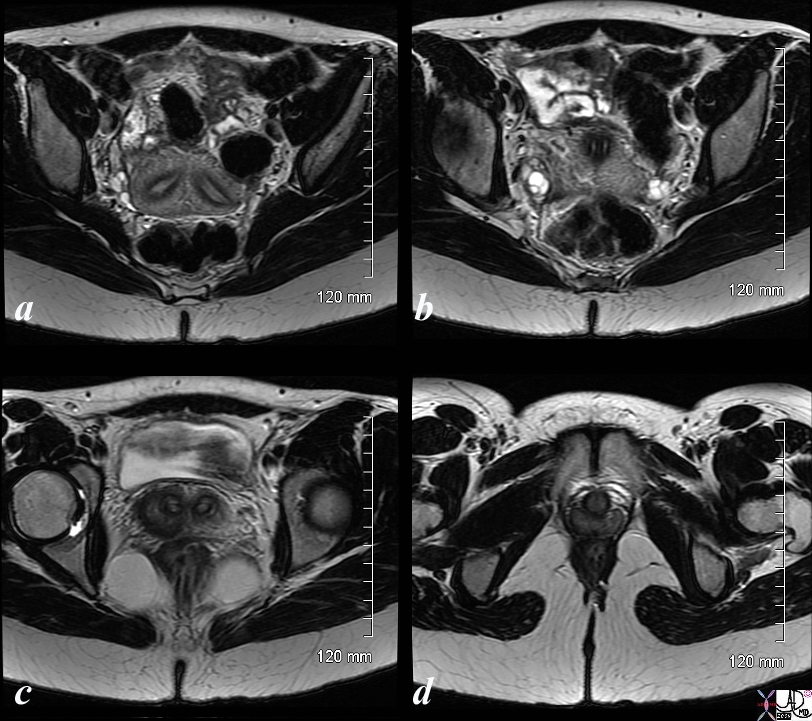The Common Vein Copyright 2010
Definition
Infertility is a medical condition affecting a couple attempting to conceive. The causes of infertility are variable and may be multifactorial. This condition may be due to either male factors, female factors or both. The result is a couple that is unable to conceive after 12 months of unprotected intercourse. Infertility due to female factors occurs in approximately 50% of cases. Structural changes associated with female-factor infertility include structural disorders of the uterus, cervix and fallopian tubes. Uterine structural abnormalities that cause infertility include congenital uterine and mullerian duct anomalies, uterine polyps and fibroids. Functional changes associated with infertility are often due to ovarian factors with failure of ovulation. However uterine and tubal functional changes like pelvic inflammatory disorder may also contribute to infertility. Couples are diagnosed with infertility after 12 months of unprotected intercourse without conception. However, couples often present clinically before attempting to conceive for 12 months. These couples should be reassured. After 12 months, the diagnosis of infertility is made. Imaging with pelvic ultrasound and hystersalpingography is used to evaluate for female factor infertility. Endocrine and ovulatory factors are also evaluated. Semen analysis is used to evaluate for male factor infertility. Treatment of infertility depends on the underlying cause. For causes that cannot be corrected, ovulation induction, intrauterine insemination and in vitro fertilization can be used to aid a couple in conception.

Large Fibroid Impinging on the Emdometrial cavity That Could Resutlt in Infertility |
|
In this sagittal view of the T1 weighted contrast enhanced study of the the uterus of a 46 year old female. The uterus roughly retains its pear shaped structure but the shape of the endometrial cavity is distinctly abnormal as if there is something pushing on it from above. This patient has a diffusely enhancing isointense leiomyoma that impinges on the endometrial cavity. Courtesy Ashley Davidoff MD Copyright 2010 All rights reserved 96577.8s |
|
Two Hemiuteri, Two Cervices and One Vagina MRI T2 Weighted |
|
The MRI is from a 24F year old female with uterus didelphys The T2 weighted study in axial projection reveals 2 uterine corpuses (a) 2 cervices (b), vaginal septum in the upper 1/3 (c) but single distal vagina (d) Image Courtesy Ashley Davidoff MD Copyright 2010 83730c03L.8s |

